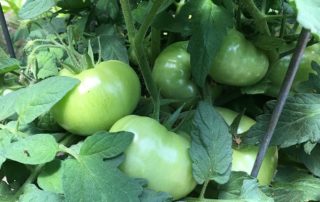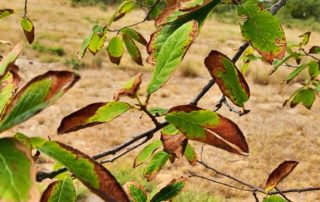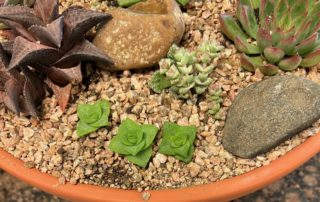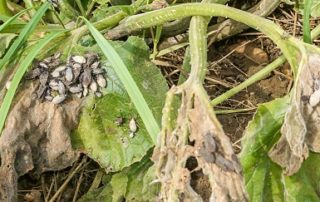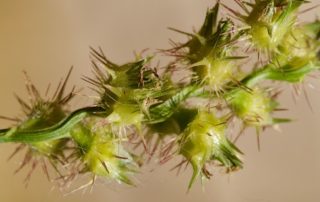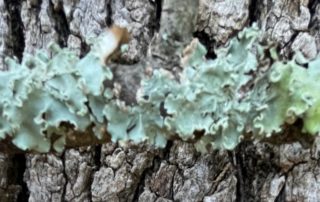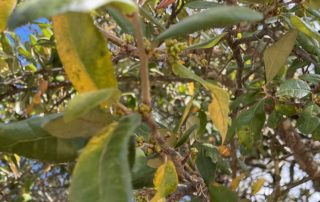Watering Trees During Drought
High temperatures and long-term drought can have a profound effect on tree roots. Unfortunately, many times we do not learn this until we see the telltale signs of stress. Once stressed, trees are more susceptible to insects and diseases. Depending on how much root loss has occurred, a stressed tree may or may not survive. This tree is showing signs of Flux, which is an indication of stress. Click HERE for more info. It is important to be PROACTIVE to prevent stress in our trees. With a little [...]


